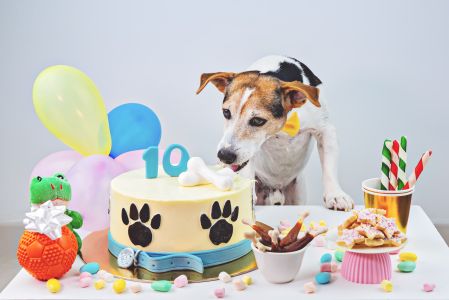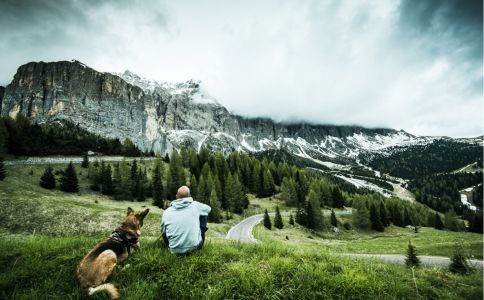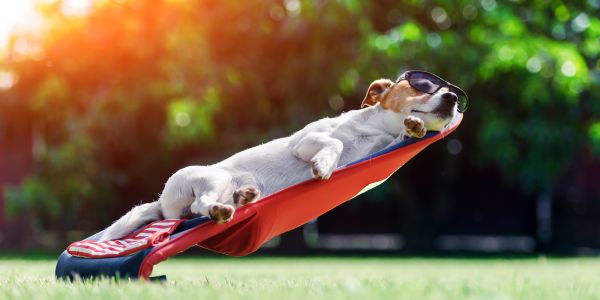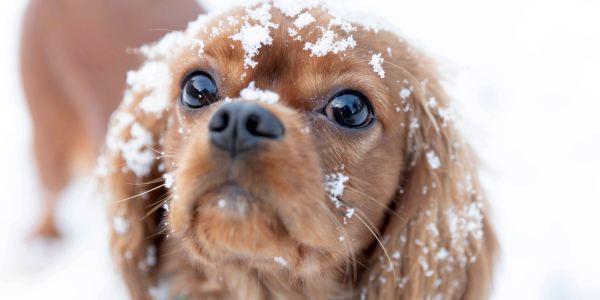Puppy guide Part 2 - the puppy has arrived!
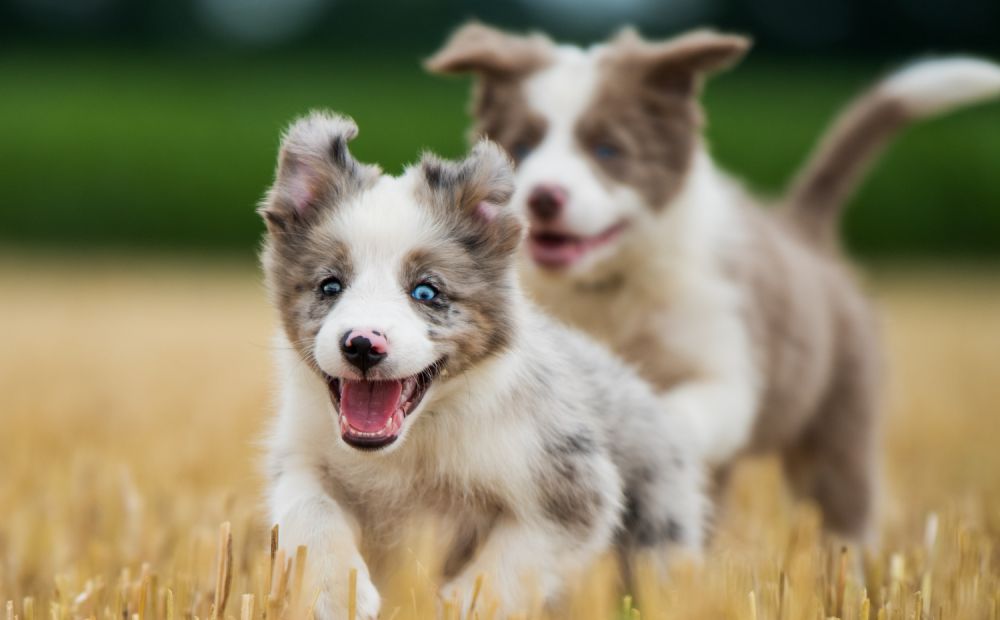
08.04.2021
In Part 1 of the Puppy Guide, we already gave you tips on preparation, such as the necessary initial equipment.
But the most important tip in our opinion is: Get used to each other! Don't forget that your puppy is a very young creature that may still be afraid of the unknown. So don't ask for too much! And don't underestimate that even a small, young puppy already has its own personality. You two must first get to know and love each other.
The settling-in phase
Even if you've already got the urge to train your puppy, you should put learning tricks on the back burner for the time being. Of course, you can start house-training your puppy right from the beginning. But again, give your puppy time! In the beginning, the focus should be completely on getting the puppy used to its new environment and to you. If the puppy is restless at the beginning, it can help if you put a blanket in his bed that smells like his mother or his siblings.
Let the puppy explore as much as he wants, but keep a close eye on him. Even if the home is puppy-proof, there can always be a danger lurking somewhere. And the puppy will consider all furniture as toys in the early days - expensive and important things should never be stored at puppy height. Please also remember that a puppy needs a lot of rest. So you should avoid long walks and too many visitors in the early days. A well-known rule for walking your puppy is that you can walk for one minute per week of age. This means that for a 10-week-old puppy, 10 minutes of walking are more than enough. If in doubt, walk more often and for a shorter time.
Even if you want to show off your new puppy proudly, it is important that he gets enough rest. Besides, the puppy is supposed to get used to you first and not to others. So if the puppy wants to sleep, let it sleep! By the way, this also applies to adult dogs. Adult dogs also sleep 12 to 14 hours a day, puppies and seniors even need up to 20 hours of sleep a day. Sleep is very important for the puppy to strengthen its immune system and develop its body.
Getting the puppy used to its name
It is best to choose a name for the puppy as soon as possible and tell the breeder in advance. Short, one or two-syllable names ending in an i or y are best. Of course, you should also like the name and it should be easy to call.
Otherwise, you should start name training when the puppy is not too distracted. For example, say the name when the puppy is not looking at you. Use a calm and pleasant tone of voice. As soon as he looks at you, reward him with a treat.
In general, you should do this exercise several times throughout the day. Of course, it is important that the puppy initially associates only positive things with his name. Avoid calling his name when you scold him, for example.
It is always a good idea to call the dog's name during a cuddle phase. Repeat the name while gently stroking the dog.
Housebreaking the puppy
When a puppy learns to be housetrained is very individual and varies. Give your puppy time and never scold him if he does his business at home. A puppy does not understand that this is not appropriate. It's best not to let it happen. The trick? Just take the puppy out as often as possible. Even if you only take him out into the garden for a short while at first. It is best to do this with the puppy:
- After getting up
- Before sleeping
- Before and after eating
- Before and after playing.
Please note, however, that the puppy needs to rest after eating! So don't let him run around, just let him do his business for a short while.
It may be that everything is interesting for the puppy at first. This also applies to outside - every blade of grass may be more interesting than doing his business. Of course, unfamiliar noises, such as the sound of cars or aeroplanes, can also be a distraction. Be patient, eventually your puppy will get used to new noises. It is best to let him always go to the same place to do his business in order to learn to be house-trained. This place should be as quiet as possible.
As soon as the puppy goes outside, you should praise him strongly. This way he will quickly make the positive link.
As a rule, your puppy will not be able to go seven or eight hours without getting loose. The best thing to do is to put him and his cot in a crate at night. The puppy will want to avoid doing his business in his cot. Since he can't leave the dog crate, he will certainly report.
Teaching the puppy tricks
After the puppy has settled in with you for a few weeks, you can slowly start teaching it tricks. It is important to start with the basic commands such as calling, name and something like "sit" or "heel".
The best thing, especially for inexperienced dog beginners, is to go to puppy school. There your dog will not only learn various commands - but, and this is even more important, how to get along with other dogs. Dogs that do not learn how to get along with other dogs may have problems with other dogs in adulthood. However, if you get them used to interacting with other dogs when they are still puppies, you will usually end up with a socially acceptable dog.
We hope we have given you some useful tips for the early days with your puppy. Basically, however, it is important to give each other time, show respect and exercise patience. Patience is always the most important thing when dealing with a puppy. The rest will (usually) come by itself. We wish you a wonderful time! Even if it is connected with many obstacles - the puppy time is over quickly and then you often mourn it.
Interesting links:
